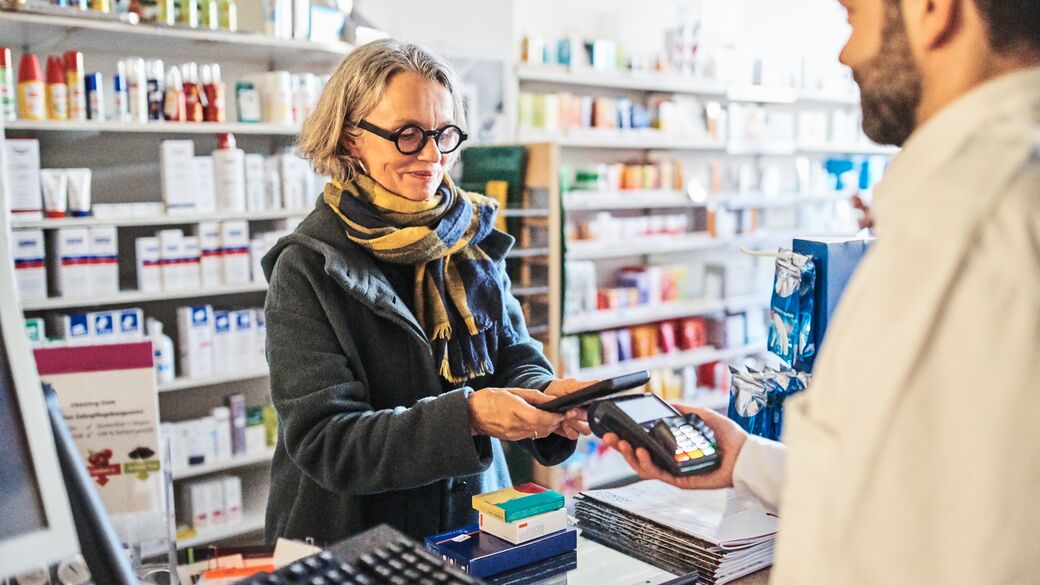
How to build connections and drive results, from the aisles to online
More and more, omnichannel shopping—using multiple, integrated channels like eCommerce, social media posts, targeted emails, and texts to attract customers—is driving the conversation about reshaping retail. This approach gives customers the advantage of remaining connected to their shopping experience, no matter when they choose to browse, consider, and buy. They may see a product on a website in the morning, get a follow-up text that it’s on sale that afternoon, and stop by the store to purchase it that night.
For retailers, omnichannel offers the advantages of a full, data-driven picture of the buying preferences of both new and existing customers—how they shop, what they seek, when they buy. Typically, omnichannel focuses on the digital tools and strategies that boost traffic. Online receipts, contactless payment, and eStatements help provide the speed and convenience customers expect, while mobile lookup and price checker provide instant access to product information at the point of sale.
For many independent retail businesses, with strong ties to their local area and customer base, a different approach may also yield good results: instead of using omnichannel only to drive online shopping (with store-based loyalty and brand awareness as an afterthought), small businesses can instead leverage the strengths of omnichannel by working from the physical store out.
What does this look like in real life? Simply put, it means that everyone in the physical store uses the data at hand to enrich the in-store shopping experience for the customer. Through mindful integration of the right technology solution, retailers can anticipate customer needs, strengthen the brand, and instill confidence that the store will have what shoppers want, when they want it.
For the final step across the threshold of a strong omnichannel strategy, take the customer data you’ve been using successfully in store, and continue the “conversation” in other channels. Try adding social posts reminding shoppers about upcoming seasonal events; sending targeted texts to frequent Buy Online, Pick Up in Store (BOPIS) customers alerting them about promotions on items they order frequently; or designing an online newsletter exclusively for loyalty program members. Businesses that use online channels to invite customers into the physical store, while continuing to help provide the level of ease and convenience customers expect, often have higher omnichannel conversion rates than those relying solely on digital selling.¹
By looping the thread from your store to your customer to online channels and back again, you leverage digital opportunities as an extension of your strong local brand—not a replacement for it.

For 50 years, Epicor has been helping independent retailers elevate and simplify key purchase elements like point of sale, eCommerce, complementary inventory recommendations, and payments, guiding the customer smoothly along the path to a successful purchase. When every purchase matters, the process must be seamless.
Learn how Epicor solutions can help you boost sales with omnichannel.
[1] Omnichannel: It’s Time for the Online Tail to Wag the Retail Dog McKinsey Report, December 2021